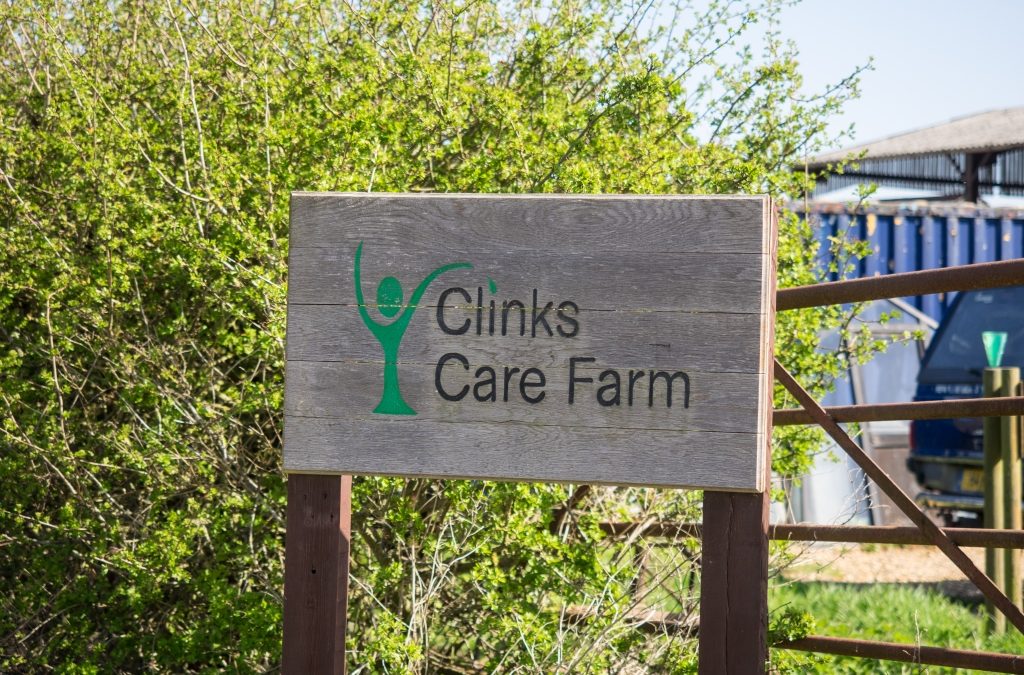The UK is navigating the worst outbreak of avian influenza (AI) on record. An unprecedented number of poultry farmers have seen the highly transmissible disease spread like wildfire through their flock. The resulting loss of livestock, interruption to farm operations and financial implications are of a scale never seen before in this country.
What’s more, commercial poultry farmers remain vulnerable to the threat of AI, as outbreaks continue to be reported much later in the year than is the norm. We are in uncharted waters, making tighter disease prevention measures more of a critical business priority than ever before.
Recent reports have also confirmed that sea birds local to Scotland, in places such as Bass Rock, which is home to the world’s largest colony of Northern Gannets, have been implicated by the highly-pathogenic disease.
Additional warnings have established that bird flu has spread through breeding seabird colonies in Shetland, where roughly 1,000 gannets had been recorded as deceased, and hundreds of great skuas were found dead or dying. Disease spread in wild birds represents a direct threat for poultry farmers.
You can’t afford to be complacent to the risks posed by wild birds, who could easily land on your farm and bring AI with them.
The outbreak of bird flu in Scotland has left many locals feeling helpless. Susan Davies, from the Scottish Seabird Centre, a charity that works to protect seabirds on Bass Rock, said: “We feel powerless. We can only watch and monitor the passage of the disease as it spreads through the colony.”
With free range and organic farmers now able to let their flocks outside following the lifting of the housing order, the potential for contact with wild birds is again heightened, so it’s possible that many farmers could find themselves with similar feelings of helplessness in the face of AI.
How can you prevent disease outbreaks?
With the increasing risks of disease incursion to farms across the UK, it is critical that farm businesses don’t take their biosecurity for granted. Taking a proactive approach to disease prevention, with a thorough review of all preventative measures, identification of emerging risks and the development of appropriate new protocols is less costly, disruptive, and risky than reacting after the fact.
Diseases such as Avian Influenza, Salmonella and Newcastle Disease can’t be cured. Vaccines do not currently exist for several of the highly contagious notifiable diseases that the UK is affected by each year and, where vaccines are available, they are not 100% effective.
Preventative measures, including robust biosecurity protocols, are critical to prevent the presence and spread of disease. This is true not just of notifiable diseases but for others known to pose a threat to poultry. They include E. Coli, Coccidiosis, Chronic Respiratory Disease (CRD), Aspergillosis, Bronchitis, Blackhead Disease and Campylobacter. The emergency of any of these diseases can cause distress to your poultry, call into question the welfare of the flock and be costly to deal with, which ultimately has both financial and operational repercussions.
Here are some of the ways in which you can minimise and prevent disease outbreaks on your farm:
Implement stringent biosecurity measures:
In a joint statement, the four Chief Veterinary Officers in the UK said, “Scrupulous biosecurity remains the most critical form of defence to help keep your birds safe.”
The Animal and Plant Health Agency (APHA), the Department for Environment, Food and Rural Affairs (Defra) and Livetec Systems have been in a constant state of alert for much of the last 12 months.
124 cases of highly pathogenic avian influenza H5N1 have been reported in England as of 12 July 2022. In nearly every outbreak, depopulation was required. According to APHA’s epidemiology reports from the previous AI season, the cause of many outbreaks was poor biosecurity and a lack of contingency planning.
The message to UK farm businesses from Defra, APHA and Livetec is that excellent biosecurity practice is the only way to protect animals from infection and to minimise the spread of disease should an outbreak occur.
Understand the risks of an outbreak
Understanding where there is a risk of disease gaining entry to your premises means you can then take targeted action to reduce those risks.
Creating a comprehensive understanding of your site layout, including your hard boundaries, fences, sheds, pathways, and all entry and exit points is the first step in plugging any vulnerabilities. Looking at your premises from the perspective of potential disease vectors, such as animals or humans, will also help you to identify any risks that may be present and what is needed to eradicate or reduce that threat.
Once you have identified your risks, you can take steps to secure these areas and reduce the potential for incursion, therefore lowering the risk of disease.
A fully comprehensive farm plan, coupled with a biosecurity plan, can protect the health of your livestock, protect your staff and make the control and eradication of disease easier if an outbreak should occur.
Be aware of virus survivability
Understanding where and how a virus survives can drive down the risk of disease entering and remaining on your farm. Evidence has shown that the AI virus can survive for up to three months at low temperatures (4oc and below). It can survive for half that time in higher temperatures (20oc and above).
Viruses develop and mutate over time, and this can change the survivability. Some of the key factors that can affect the survivability of a virus once it has left the host are temperature, time, humidity, the presence of UV rays and pH.
Being aware of how long a virus can survive on your farm, and the factors impacting that duration, means you can then take the appropriate actions for as long as is necessary to reduce your risk and prevent the spread.
Training and communication
Training and communication are key when it comes to disease prevention. Every person on and off farm must be aware of what they need to do to prevent the introduction of dangerous pathogens. If there is a hap in this chain, due to poor communication or a lack of training, an opening is created for the incursion of disease.
Farm owners, workers and anyone who has access to the poultry on-farm should be trained on the diseases your livestock may be susceptible to. This means they can recognise concerning symptoms and take immediate action to halt the spread of disease through the flock and from one shed to the other.
Staff who care for the animals should have a good working knowledge of the latest advice from Defra and be aware of the key areas where disease can be carried onto your premises so they can remain vigilant against the threat, further shoring up your defence.
Good record keeping and documentation
Documentation and record keeping are essential tools when it comes to preventing and containing a disease outbreak. Logging who visits your premises, and when, what machinery and vehicles have entered and where from is an imperative.
These records make it easy to trace where disease may have entered the farm and should assist you in stopping the introduction of it from any unexpected visitors. This information allows APHA and other government organisations to determine the cause and likely inception date of the outbreak, further helping to stop its spread.
Anticipate potential outbreaks
Having pre-emptive strategies already mapped out allows you, and the relevant industry bodies to react quickly should an outbreak occur.
Holding disease outbreak stimulations, coupled with contingency planning can help you be pre-emptive. This arms you with the information you need to stop the spread of disease by laying out the immediate actions needed, the legislation and regulations that must be applied. You should also understand depopulation requirements, removal of carcasses and deep cleaning and disinfecting protocols to remove all traces of disease quickly and completely.
This type of forward planning can reduce farm downtime, financial loss, damage to the farm’s reputation and give you peace of mind that you can act immediately in an emergency.
Partnering with Livetec
Livetec’s solutions are designed to help British farmers future proof and protect their business with industry-leading biosecurity solutions, support, and guidance. Our wrap around services are delivered by industry experts and are backed by years of academic and scientific research.
At Livetec, we understand that biosecurity is a vital part of any farming operation. We are dedicated to helping farmers navigate unexpected challenges with comprehensive biosecurity plans, outlining the best-practise preventative measures, driving down risks, and ensuring business continuity.
Click here to contact the Livetec team today.








